New Zealand’s employment figures for Q3 came in weaker than anticipated. Employment contracted by -0.2%, sharply diverging from the forecasted growth of 0.40%.
Unemployment rate made a noticeable leap, rising from 3.6% to 3.9%, a figure that met market expectations. Additionally, both employment rate and labor force participation rate registered declines, moving from 69.8% to 69.1% and from 72.5% to 72.0% respectively.
Wage data presented a mixed picture. The all-sector wage inflation stood firm at 4.3% yoy.
The public sector experienced a particularly sharp uptick in salaries and wages, registering a 5.4% yoy increase. This significant rise is notable for being the steepest since the data series commenced in 1992, surpassing 4.2% yoy growth observed in Q2.
In contrast, the private sector saw wage cost inflation moderating to 4.1% yoy in Q3, slightly down from the 4.3% recorded in the previous quarter.




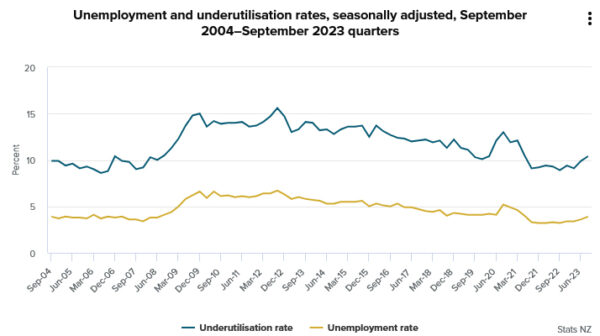
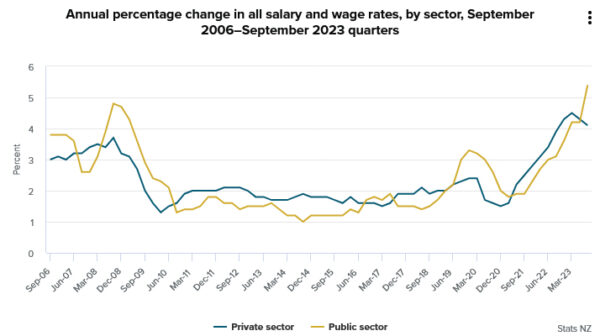
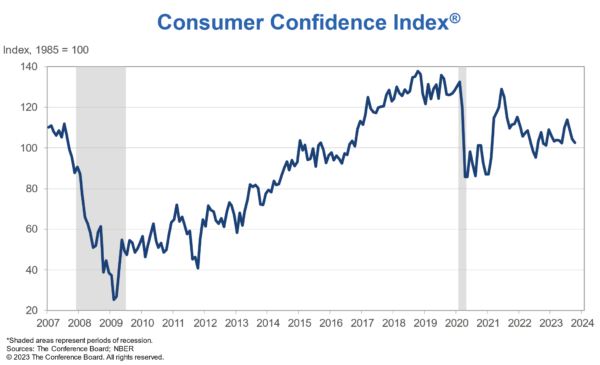
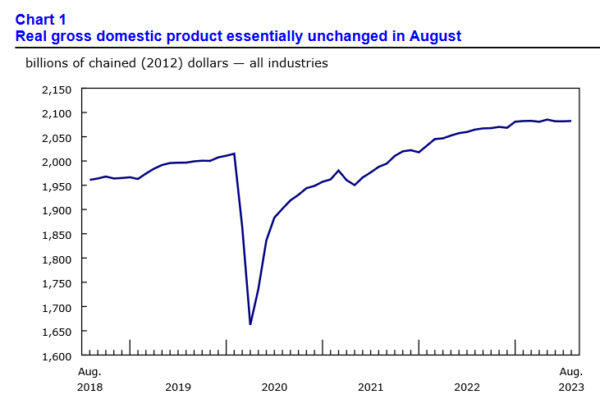
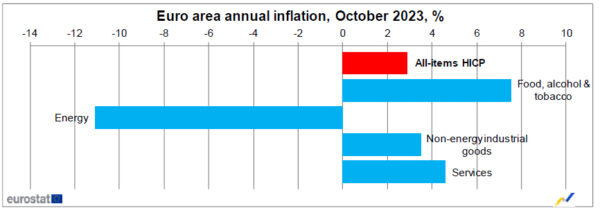
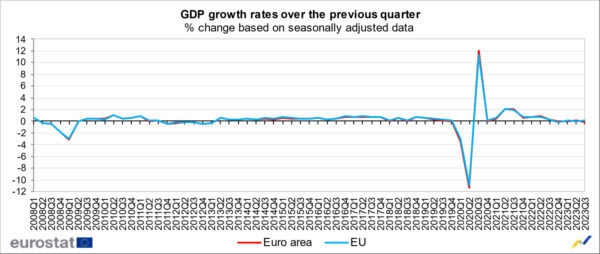
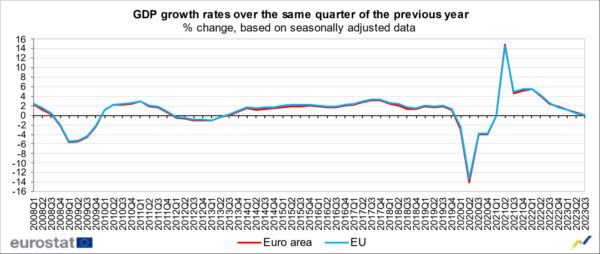
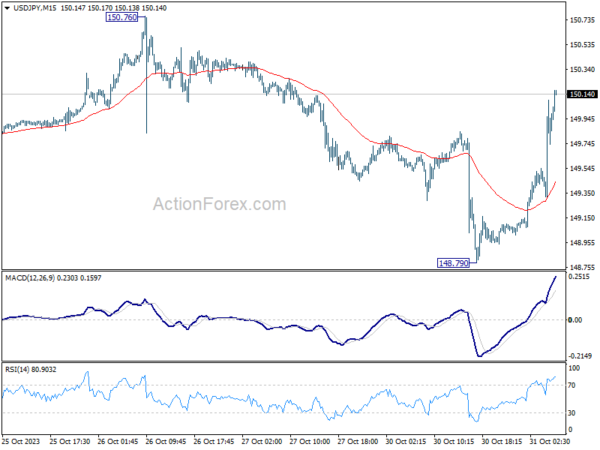
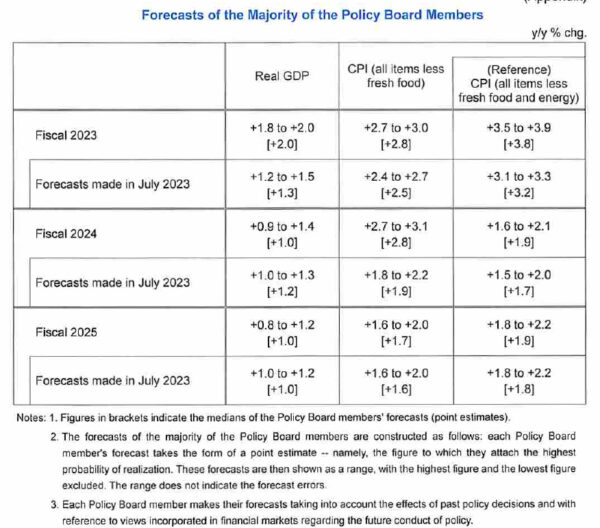
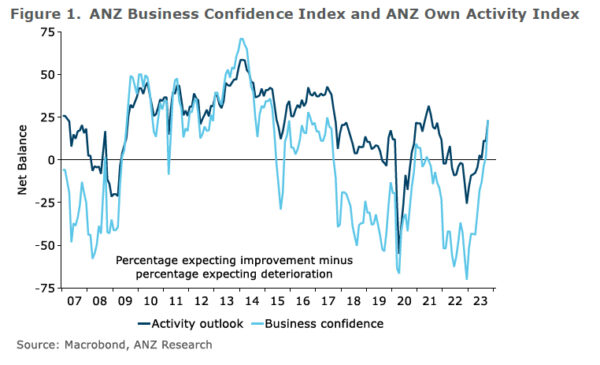
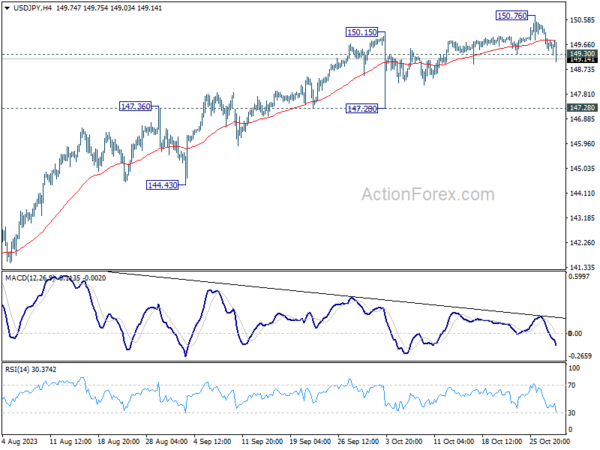
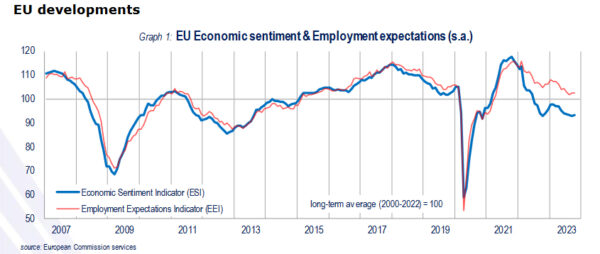
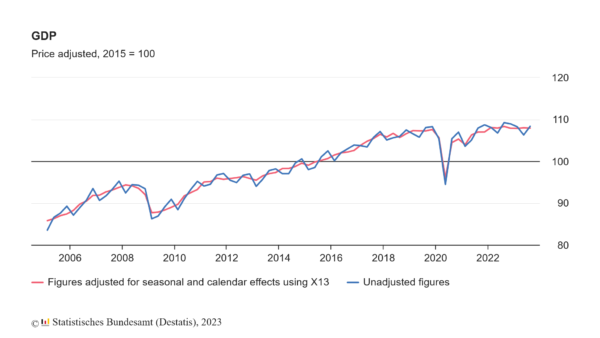
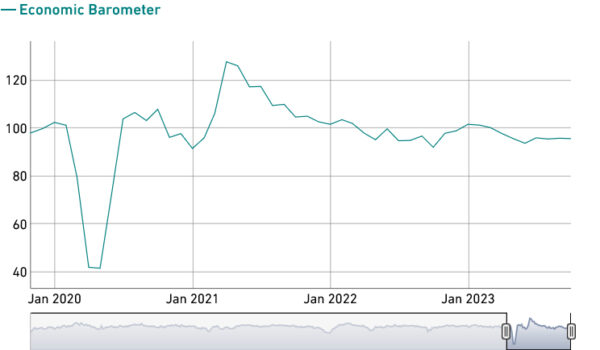
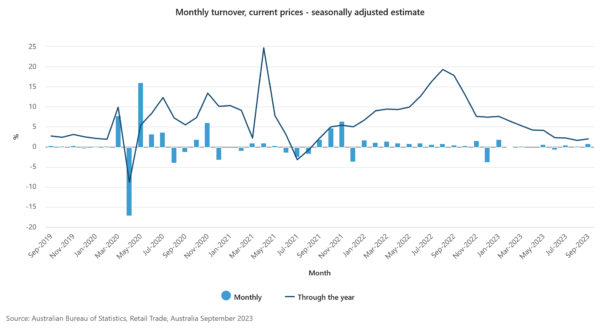
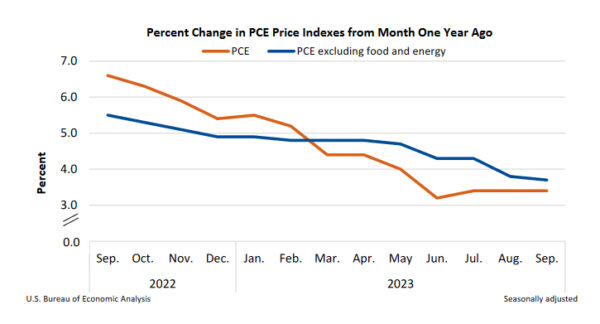

IMF to RBA: More tightening needed to curb inflation
In a report on Australia’s economy, IMF highlighted concerns about persistent inflation levels in the country. Even though inflation is “gradually declining”, it continues to hover “significantly above” RBA’s target, with the country’s output “remains above potential.”
The IMF staff “recommend further monetary policy tightening”. They believe this approach will realign inflation with RBA’s target range by 2025 and “minimize the risk of de-anchoring inflation expectations.”
In terms of economic momentum, the IMF predicts a further slowdown in the near future, coinciding with a steady decrease in inflation. While risks to growth appears “broadly balanced”, the potential for inflation to surpass expectations remains a cause for concern.
Full IMF report here.